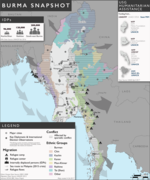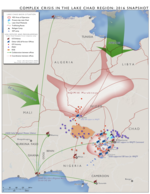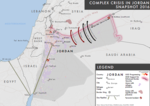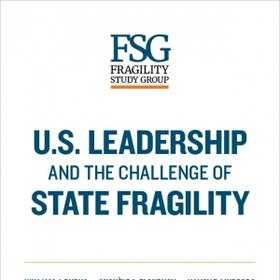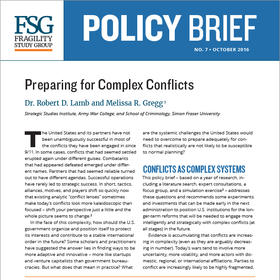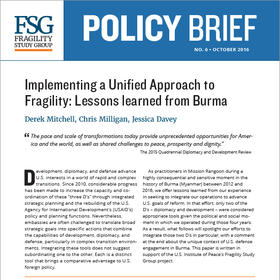Over the last decade, the U.S. government (USG) has undertaken efforts to prevent or mitigate crisis in some of the world’s most vulnerable regions. As a follow on to the tripartite Fragility Study Group, this project aims to learn from recent experience in specific complex crises where prevention and mitigation efforts by defense, development and diplomatic (3D) institutions may have had some success. Its goal is to develop corresponding programmatic and operational lessons that may help inform preparation of the workforce to be better able to succeed in today’s complex operating environments.
Defense, Development and Diplomatic (“3D”) Learning from Complex Crisis
Why '3D' Learning
Some public servants are all too accustomed to dealing with crisis, when both information and time are at a premium. In the throes of crisis, there is little opportunity for careful consideration or reflection, and civilian agencies rarely have readily-available lessons codified from past experiences that they can leverage in real time as the current crisis unfolds. Complexity further challenges the response, as the interacting influences of a plethora of actors and events make it difficult to draw direct causal links between U.S. actions and outcomes. As the drumbeat of complex crises has continued over the past decade, learning has not kept pace. The result is lost time, money and even lives.
How to Close the Gap
The report of the Fragility Study Group, U.S. Leadership and the Challenge of State Fragility, stated that amidst “the simultaneity of proliferating challenges [in fragile states] and constrained appetite and resources to address them,” the United States has not sufficiently captured lessons from past efforts to inform future endeavors. While the Department of Defense invests heavily in lessons processes, the Department of State and USAID have not as thoroughly institutionalized processes for identifying lessons. This can be partially attributed to a lack of requisite resources, but it is also due to different organizational cultures.
This project on “3D Learning from Complex Crises” is designed to help senior policymakers and working-level managers close this gap, by identifying lessons from defense, development, and diplomacy coordination and collaboration efforts in such environments. These lessons will set the stage for future efforts to train the government workforce to apply what the FSG calls more “systemic” integrated approaches to complex crises and to equip individuals to better contribute to shared objectives when working in interagency environments.
To uncover these lessons, this project takes a case-based look at how the USG has previously made strides toward achieving a systemic approach to foreign policy and crisis response, that “tackle[s] security, political, and capacity challenges in relationship to one another and not in isolation” by uniting the diplomacy, development, and defense toolkits in service to a common goal. It looks at both what the United States did in three crisis-stricken environments, and how U.S. actors cooperated and collaborated in order to do so.
The three cases covered in this first series – Burma (2009 – 2015), Jordan (2011 – 2016) and the Lake Chad Region (2013 – 2016) – are a diverse set of environments that involved actors, approaches and tools from all three of the defense, development and diplomacy communities.
We hope that this process of discovery, and the written products that have emerged, will assist USG civilian agencies in the crucial work of institutionalizing lesson capture and future learning, and, that these 3D insights and the perspectives will also be incorporated into DOD’s existing robust collection of lessons, to improve interoperability with civilian agencies.
Complex Crisis: Burma, the Lake Chad Region and Jordan in Maps
Complexity is a useful frame for thinking about U.S. engagement in Burma, Jordan, and the Lake Chad Region, as well as other fragile states, because of the plethora of actors and dynamics present in these cases that demanded an integrated, adaptive, and aligned U.S. approach. Complexity not only describes the operating environment in these locations, but also the nature of the U.S. policymaking apparatus; a heterogenous set of various (and sometimes competing) interests, processes, actors and dynamics. This project does not attempt to map the full complex ecosystem of each case, but offers it as an organizing concept under which various issues and dynamics such as state fragility, violent conflict and humanitarian disaster take root, affecting the efficacy of U.S. policies and actions. (Click on a map to enlarge.)
The Team
This project was led by Beth Cole, USIP’s special advisor for Violent Extremism, Conflict and Fragility, along with a team from Frontier Design Group, comprised of Erica Kaster, Noah Sheinbaum, and Alexa Courtney.
For More Information
Please contact Jim Ruf, jruf@usip.org, or Kelly Mader, kmader@usip.org.
